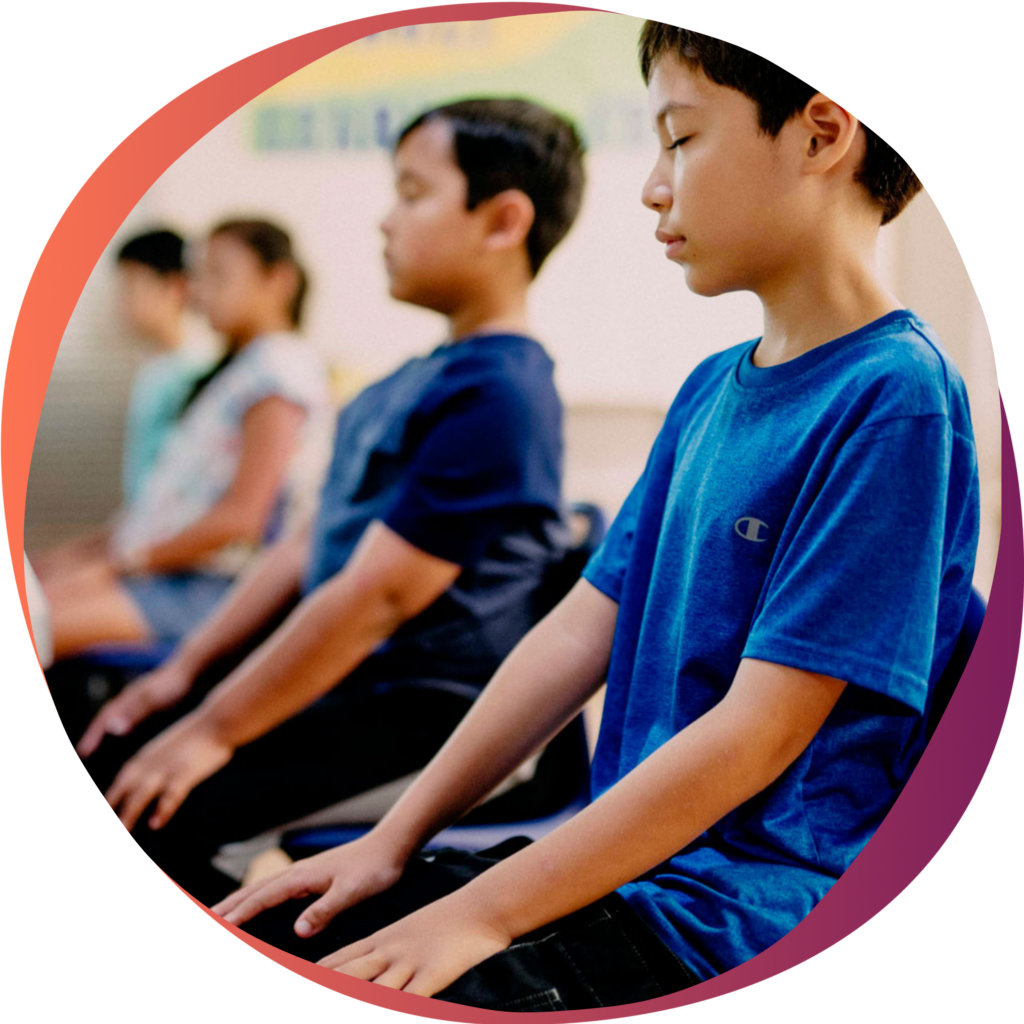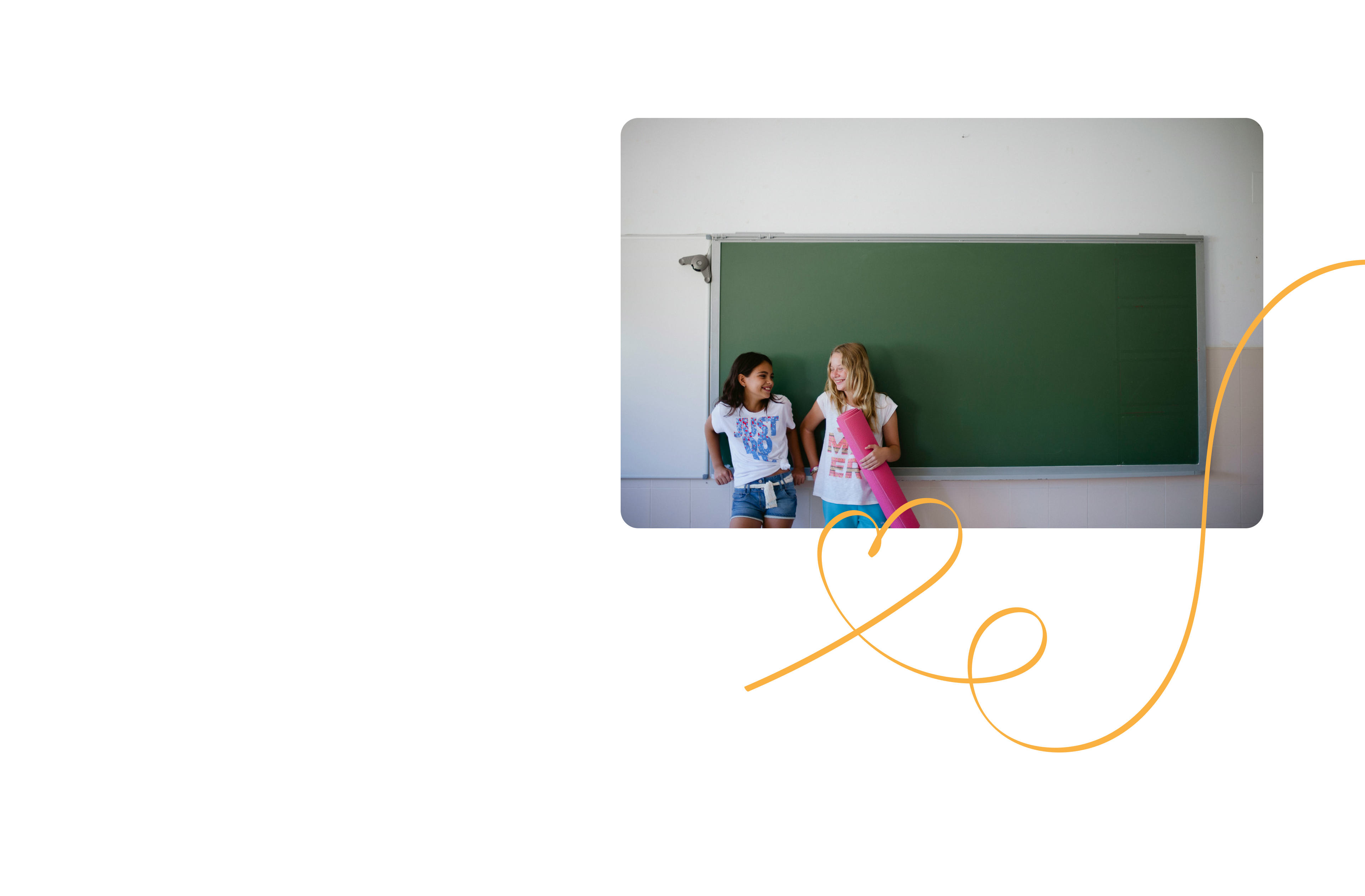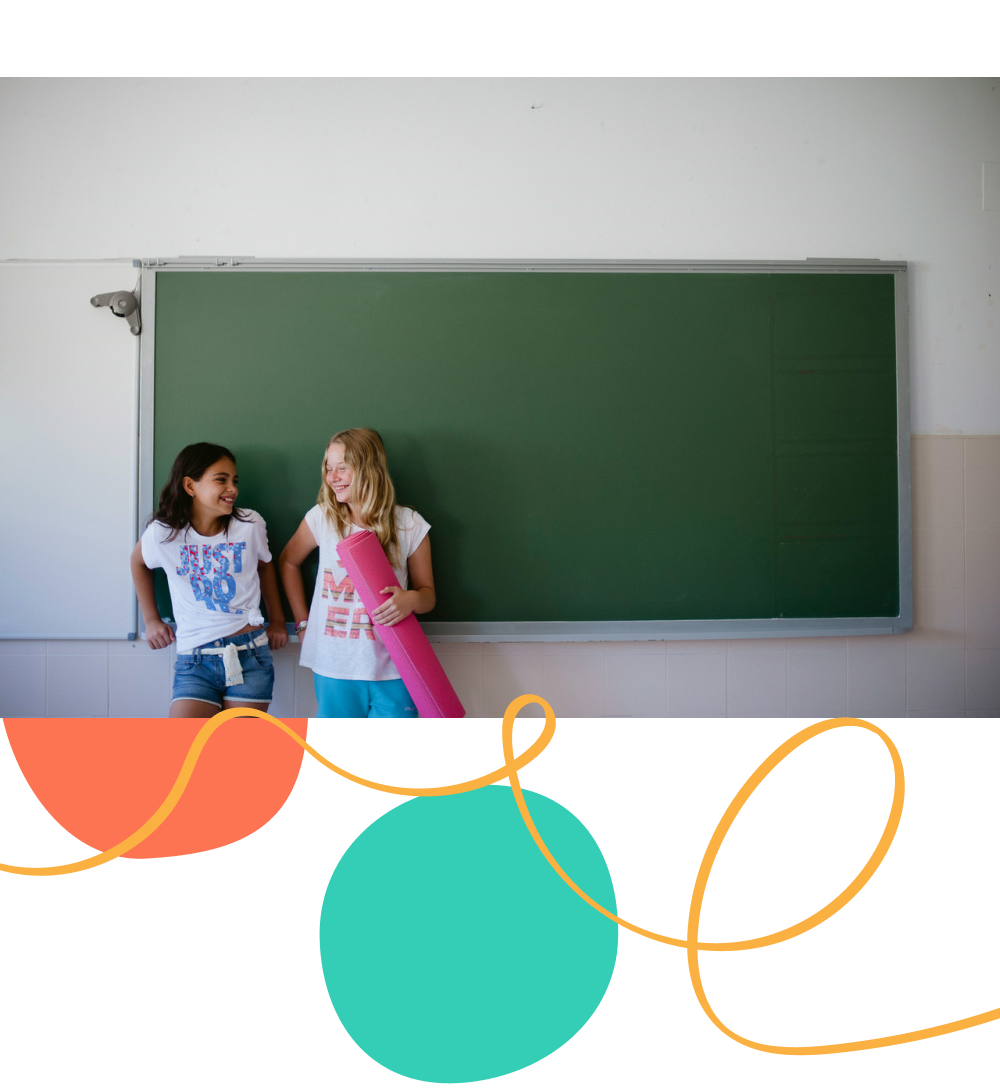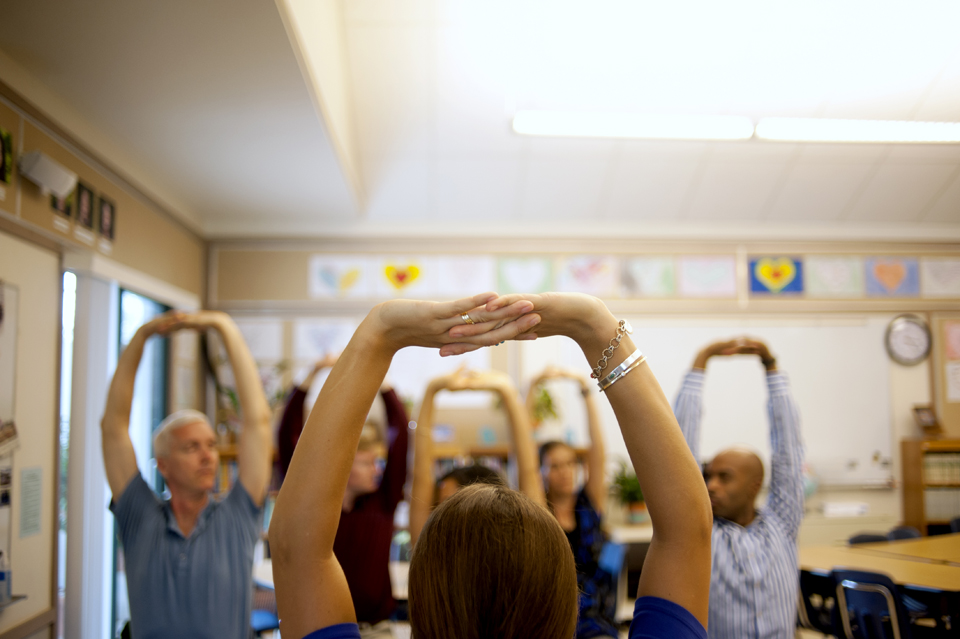A nurturing educational environment can have a profound impact on a student’s life, creating memories they’ll think and talk about as they grow up. The positive influence on academics also lasts long term. According to research, years after students participated in Social-Emotional Learning (SEL) programs, academic performance was an average of 13 percentile points higher than students who didn’t participate.
When you nourish a student’s hearts and emotions at school, they will learn to understand and express their emotions in a healthier way. SEL is a powerful approach that aims to help students improve their academic performance by cultivating their emotional intelligence and social awareness.
In this article, we’ll explore the question: how can you implement SEL in your classroom? We’ll take you step by step into the practical strategies you can take to make a lasting positive impact on your student’s lives.
What Is SEL?
Social and emotional learning is a methodology that helps students manage their emotions, achieve positive goals, show empathy for others, establish positive relationships, and get better at responsible decision-making. SEL is a vital part of not just education, but of a student’s holistic human development.
At the core of SEL, there are five fundamental competencies outlined by the Collaborative for Academic, Social, and Emotional Learning (CASEL):
- Self-awareness: The ability to understand your own emotions, thoughts, and values, and how they influence your behavior. Self-awareness helps students recognize their strengths and weaknesses at school, understand their emotions and how they affect others, and recognize their biases that might influence perceptions of others.
- Self-management: The ability to effectively manage emotions, thoughts, and behaviors in stressful situations. Self-management helps students stay focused on tasks and improve the way they manage stress during exams or challenging assignments. This skill is crucial for being able to work towards long-term goals both personally and professionally.
- Social awareness: The ability to understand and empathize with people from diverse backgrounds and cultures. This competency fosters a more inclusive environment where students can appreciate different perspectives, recognize social issues, and build stronger connections because they understand and respect others’ feelings and experiences.
- Relationship skills: The ability to establish and maintain healthy and rewarding relationships through good communication skills. Effective collaboration helps students perform better in the classroom, while also contributing to healthier family dynamics and stronger friendships.
- Responsible decision-making: The ability to make constructive choices about how you act in a social situation based on ethical standards, safety, and social norms.

Integrating the five core competencies across a student’s life will help them develop a comprehensive set of skills that will help them improve their overall well-being, academic success, and readiness for the future. The CASEL framework acknowledges that these competencies cannot work in isolation.All five key skills are interconnected and work together to shape a student’s social and emotional development.
What Are the Benefits of SEL?
There’s a wide variety of benefits that extend far beyond the classroom, positively impacting a student’s social, emotional, and cognitive skills. Research has consistently proved that SEL learning strategies addressing the five core competencies lead to an increase in student’s academic performance by 11 percentile points, compared to those who did not participate.
Beyond academic gains, SEL contributes substantially to students’ overall well-being and social development. Students participating in SEL programs report an increased sense of safety and support at school, which helps foster stronger relationships with their teachers and peers. When students feel a sense of belonging and inclusiveness, it creates a more positive school environment for everyone.
Additionally, SEL has been shown to help close equity gaps by making sure that every student, regardless of background, has access to essential life skills. By giving students the tools they need to manage their emotions, set goals, and make good decisions, SEL plays a vital role in preparing them to be successful at school, at work, and most importantly, in life.
How do I Incorporate SEL into Teaching?
1. Ask Questions that Promote SEL Competencies
One effective way to incorporate SEL into the classroom is by asking questions that will help you get to know your students on a deeper level, while also building trust. Thoughtfully frame your questions, so you can encourage students to engage with the five SEL core competencies at the same time they are learning.
For example, if you are teaching literature, you may ask, “How do you think the main character felt about this situation?” or “Have you ever experienced similar emotions or situations?” This question encourages students to have self-awareness and empathy. In Math class, you could ask questions like, “How did you feel when you solved that difficult problem?” or “What strategies helped you overcome the challenge?” These questions can help develop self-management skills.
2. Facilitate Classroom Discussions
Facilitating classroom discussions is a powerful way to allow students to develop social awareness and relationship skills. By guiding students to identify criteria for quality classroom discussions, you empower them to take ownership of their learning environment. Encourage students to actively use their criteria during conversations, then reflect on their performance and set goals for improvement.
This process sharpens their communication skills while also promoting healthy self-awareness and responsible decision-making. SEL strategies like Name Game help students and teachers get to know each other, build community, and foster the fun, creative environment all educational practitioners want to create. Or you can try Two Word Check-in, where both students and teachers alike share the emotions they’re feeling in the moment so they can gain a deeper sense of empathy, understanding and perspective.

3. Integrate SEL into Academic Activities
Integrating SEL into academic activities is a great way to reinforce social-emotional skills while teaching core subjects. Design lessons that naturally incorporate SEL competencies as objectives alongside academic goals. For example, to encourage responsible decision-making, have students create a classroom contract by collaborating on shared expectations. This exercise teaches negotiation and compromise along with establishing classroom rules as a team.
For them to develop social awareness and empathy, engage students in classroom service projects. These projects let students apply their knowledge while also considering the needs of others. Additionally, you can use read-aloud to discuss conflict resolution and strengthen relationship skills. Analyzing a character’s interactions and problem-solving skills can prompt students to think critically about how they’re managing their own.
4. Explicitly Explain the “Why” Behind SEL Activities
When introducing SEL activities like check-ins or goal-setting, it’s crucial to explicitly explain the “why” behind these exercises. Take a moment to tell students how these activities connect to specific SEL competencies like self-awareness or self-management. For instance, you could say, “We’re starting today with a quick emotion check-in to help us practice self-awareness. Understanding our feelings can help us manage our emotions better throughout the day.”
This context helps students understand the purpose and value of SEL, which often leads to more buy-in and motivation. Being transparent about the reasoning behind SEL activities enhances their effectiveness and empowers students to apply these skills more consciously even when they’re not in the classroom.
5. Rephrase Questions to Foster a Supportive Environment
Creating a supportive and equitable classroom environment starts with the language we use as teachers. That language will undoubtedly influence the tone of voice students use in class as well. Rephrase common classroom questions in a way that invites participation and builds trust. For example, instead of asking “What didn’t you get?”, which can make students feel defensive or embarrassed, try “What do you know? What do you wish you knew?” This approach acknowledges a student’s existing knowledge and frames the information gaps as opportunities for growth.
Similarly, when bringing up attendance issues, you can replace “Where were you?” with “We missed you. Is everything OK?” This shift in language shows that you are genuinely concerned for the student’s well-being. These small but significant changes in your daily interactions can create a kinder classroom environment that helps students feel valued.
6. Align SEL Objectives with Academic Standards
Integrating social-emotional learning into your curriculum is made possible when you spend some time aligning SEL objectives with academic standards. Start by identifying academic objectives and topics, then determine which SEL competencies naturally align with these goals. For example, when studying global issues like poverty, you can incorporate responsible decision-making by having students discuss and evaluate possible solutions.
Research projects in English Language Arts can offer a great opportunity for students to develop their self-management skills. These projects require students to plan their research, manage their time, and meet deadlines — all of which strengthen essential SEL competencies that will serve them well beyond their school years.
SEL Training for Teachers
The SEL framework is the foundation for personal growth and is designed to be cultivated across a student’s life: classrooms, schools, homes, and communities. It is a key part of the Breathe For Change Mindfulness, SEL, and Yoga Teacher Training that allows educators and wellness leaders to grow the skills they need to introduce SEL into their lives and teaching.
The SEL training curriculum is unique in that it integrates a blend of neuroscience, mindfulness, somatic healing, yoga, and psychology for a holistic approach to SEL.
We’ll teach you how to facilitate CASEL-aligned and research-backed SEL strategies that will support your student’s emotional well-being and create the nourishing environment they need to flourish. Read more about the program and enroll in our next cohort here.





